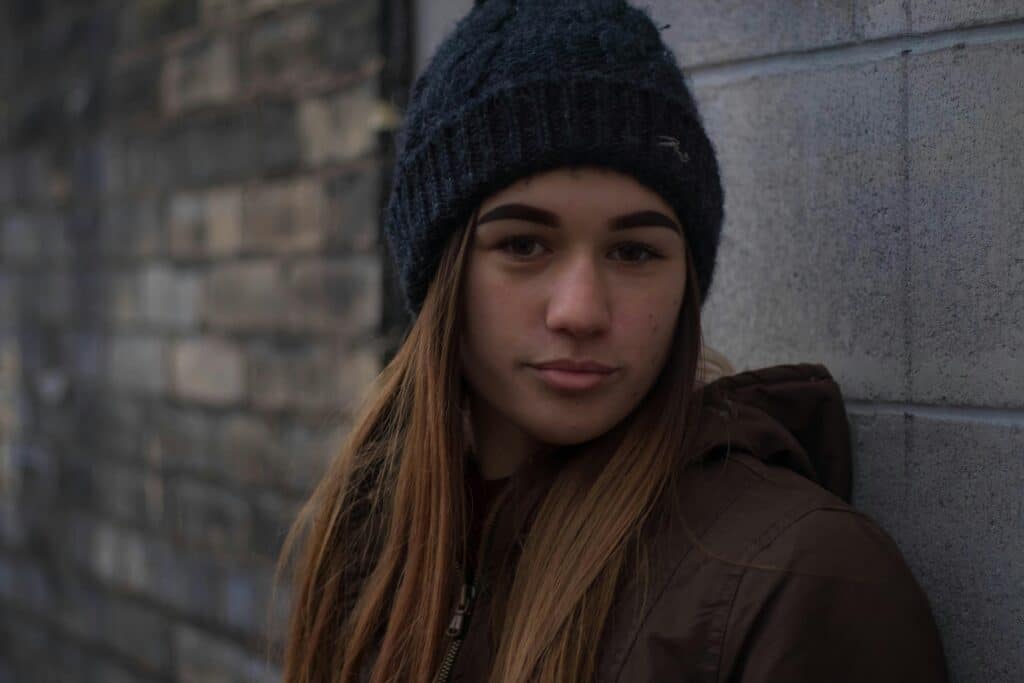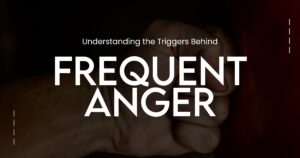Bipolar Disorder in Teens: A Simple Guide for Parents and Caregivers
Bipolar Disorder in teens is a serious mental health condition. It causes big changes in mood, energy levels, and behavior. Teens with this disorder may go from feeling very happy to very sad in a short period of time. These mood swings are not just bad moods—they are extreme and can affect everyday life.
If you’re a parent, teacher, or caregiver, understanding bipolar disorder in adolescence can help you give the right support. Let’s explore what this disorder is, how it shows up in teens, and what kinds of help are out there.

Nashville Mental Health
What Is Bipolar Disorder?
Bipolar disorder is a brain disorder. It causes extreme mood swings, called mood episodes. These include manic episodes, where a teen may feel super excited or have a lot of energy, and depressive episodes, where they feel very sad or tired.
These mood swings are different from normal ups and downs. They last for an extended period and can make daily life very hard. A teen might have trouble at school, with friends, or at home.
Common Symptoms of Bipolar Disorder in Teens
Bipolar disorder symptoms in teens include both manic symptoms and depressive symptoms. Let’s look at each:
Manic Symptoms (High Mood)
- Elevated mood or intense happiness
- Inflated sense of self-confidence
- Talking very fast
- Risky behaviors like reckless driving or excessive overspending
- Drop in energy but still active
- Sleeping very little and not feeling tired
- Heightened sex drive (can be risky for teens)
- Acting out in school or home
Depressive Symptoms (Low Mood)
- Feelings of sadness or feelings of hopelessness
- Crying often or showing extreme tiredness
- Loss of energy and interest in favorite activities
- Feelings of guilt, worthlessness, or despair
- Poor performance in school
- Suicidal ideation or comments about suicide must always be taken seriously
- Weight loss or weight gain
- Stomach aches or headaches with no clear cause
Some teens experience mixed episodes, where signs of both mania and depression happen at the same time. These can be very confusing and scary.
Other Disorders That Look Like Bipolar Disorder
Other mental health conditions can look similar to bipolar disorder in teens. These include:
- Attention-deficit/hyperactivity disorder (ADHD)
- Disruptive mood dysregulation disorder
- Autism spectrum disorder
- Oppositional defiant disorder
- Major depression or clinical depression
- Anxiety disorders
- Substance use disorder
- Borderline personality disorder
Because of this, it’s important to get an accurate diagnosis from a mental health provider or adolescent psychiatrist.
What Causes Bipolar Disorder in Teens?
There is no single cause. But several things may play a role:
- Family history or genetic component
- Differences in brain structure
- Environmental factors, like trauma or abuse
- Stressful life events like a death, move, or parents’ divorce
- Other mental disorders or psychiatric disorders
These risk factors can make bipolar disorder more likely in some teens.
How Is Bipolar Disorder Diagnosed?
Doctors use the DSM-5 criteria from the Diagnostic and Statistical Manual to make a diagnosis. They may do a:
- Mental health evaluation
- Look at medical history and health history
- Talk with parents, teachers, or caregivers
- Check for bipolar symptoms, bipolar mood swings, and past mood episodes
Getting a professional diagnosis is key. Without it, a teen may not get the proper treatment they need.
Types of Bipolar Disorder in Teens
There are a few common types of bipolar disorder:
- Bipolar I Disorder – Severe manic episodes that last at least a week
- Bipolar II Disorder – Less intense hypomanic episode and episodes of depression
- Cyclothymic Disorder – Lots of mood shifts that don’t meet full bipolar criteria
- Bipolar spectrum disorder – A broader range of symptoms and experiences
All types can affect a teen’s quality of life.

Nashville Mental Health
What Treatment Looks Like
Good news: Bipolar disorder can improve with the right help. An effective treatment plan includes different types of care.
1. Medications
- Mood stabilizers
- Antipsychotic medications
- Help reduce symptoms and prevent future episodes
2. Therapy
- Cognitive-behavioral therapy (CBT)
- Dialectical behavior therapy (DBT)
- Behavioral therapy
- Social rhythm therapy (helps with daily routines)
- Family therapy or family-focused therapy
3. Lifestyle Support
- Set daily schedules
- Encourage regular physical activity
- Limit risky activities
- Watch for signs of extreme highs or extreme sadness
A comprehensive treatment plan also includes a care team—like healthcare providers, social workers, and sometimes teachers.
What Families Can Do
You are not alone. Here are ways families can help:
- Talk openly about feelings
- Create daily routines
- Keep medicine in a locked cabinet
- Learn about bipolar disorder symptoms
- Support your teen’s social interaction
- Have an emergency plan and know the nearest emergency contacts
- Ensure consistent follow-up with the healthcare team
If you’re in Tennessee and need help, you can explore options for bipolar disorder treatment from a trusted mental health provider in your area.
How Bipolar Disorder Affects Daily Life
Teens may feel like they can’t live a “normal” life. But with personalized treatment plans and support, they can lead a meaningful life.
Here are some things that may be affected:
- Friendships
- School
- Family dynamics
- Sleep
- Hobbies
- Energy and activity level
Helping your teen understand their bipolar diagnosis can make all the difference.
Why Early Treatment Matters
Without help, bipolar disorder can lead to:
- Suicide attempts
- Psychotic episodes
- Substance use disorder
- Trouble in school or with the law
That’s why early action matters. The sooner a teen gets help, the better their brain health and future can be.
When to Call for Help
If your teen talks about suicide, acts very risky, or shows signs of an acute episode, call for help immediately. Reach out to a care provider or go to the nearest emergency room.
Your teen’s safety is most important.
Final Thoughts
Bipolar disorder in teens is tough—but there is hope. With love, support, and medical help, teens can learn to manage their feelings and grow into strong adults.
If your teen is showing signs of manic depression or bipolar mood swings, don’t wait. Help is out there. Talk to your doctor, find a therapist, and explore local care options like those in Nashville.
You are not alone on this journey. And with the right care, your teen can thrive. Visit SAMHSA for more information.

Nashville Mental Health
FAQs: Bipolar Disorder in Teens
1. How is bipolar disorder different in teens than in adults?
Teens may have more mood swings and show risky behaviors. It can be harder to tell what’s normal teen behavior and what’s a sign of bipolar disorder.
2. Can bipolar disorder be cured?
There is no cure, but it can be managed with a treatment plan, medications, and therapy. Many teens improve with time and support.
3. Is bipolar disorder common in teens?
It’s less common than in adults, but it can happen. Experts in the Journal of Child and Adolescent Psychopharmacology say it’s a real concern during adolescence.
4. What should I do if I think my teen has bipolar disorder?
Talk to a mental health provider. A careful evaluation is the first step toward an accurate diagnosis and effective treatment.
5. Can teens with bipolar disorder live a normal life?
Yes! With support, a strong healthcare team, and the right care, teens can lead a happy and meaningful life.





